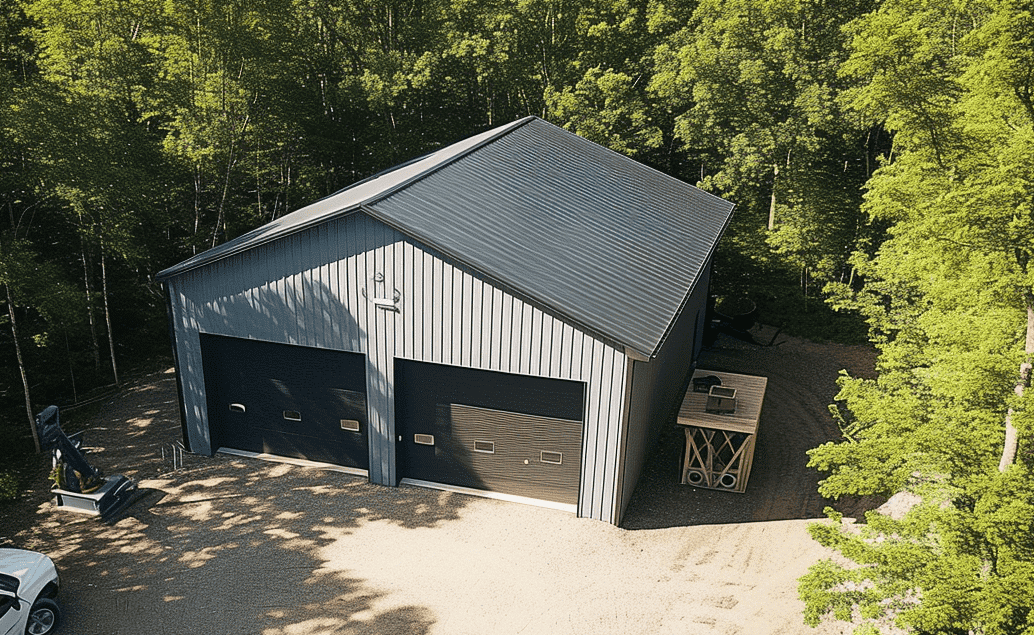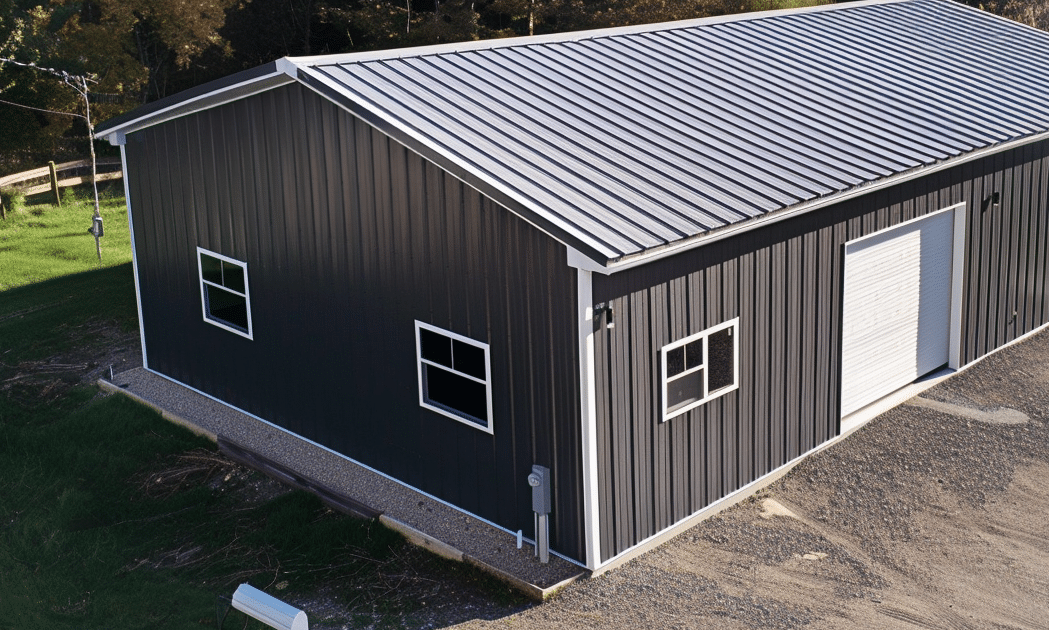Are You Buying a Home in a Flood-Prone Area? Here’s How To Find Out
As a potential homeowner, how informed are you about the property you are looking at? Someone who already owns a home knows its shortcomings especially when the rain starts to pour. On the other hand, house hunters don’t usually have that same luxury, and may unwittingly move into areas susceptible to flooding.

The Hidden Pitfalls of Buying a Home
Purchasing a house is a significant investment and one that potential buyers must approach with adequate knowledge of the possible conveniences and pitfalls that come with the property. One such hazard is the property’s proneness to flood damage. Imagine the torment of acquiring your dream home, only to find out that it’s in a flood-prone area!
As most of us are not experts in identifying these potential risks, this article aims to enlighten potential homebuyers on locating properties liable to flooding, and what precautions they can take to safeguard their dream homes.
Identifying Flood-Prone Areas
Public bodies like the government provide flood maps that indicate places with higher tendencies of flooding. These maps are crucial to uncovering if the house you have your eyes set on is in such an area. Keep in mind, though, that these maps may not always be exhaustive and up to date, so further investigation could prove useful.
A quick trip to the local municipal office for your prospective property could shed more light, as the town planners there can guide you with detailed records about the house and its surroundings.
Flood-resistant Construction and Why It Matters
Houses constructed with the potential risk of flooding in mind often fare better during floods than their regular counterparts. Therefore, understanding the construction aspects that can make your home withstand floods is crucial. From raised foundations and water-resistant building materials to sump pumps and trench drains, there are a variety of modifications designed to help homes cope with flood waters.
Consider a steel construction building for your home or garage. The durability and flexibility of these structures can potentially offer better resistance against floods. Check out this 20×20 steel building, which exemplifies high-strength and weather-resistant design.

Plan for the Worst, Hope for the Best
Even if the home you are considering is in a flood-prone area, having a solid contingency plan can save you a lot of hustle. One such plan is ensuring you have adequate flood insurance. It’s a common misconception that regular homeowners’ insurance policies cover flood damage – this is simply not true. You need a specific flood insurance coverage plan for that.
Given the increasing frequency of extreme weather events due to climate change, the risk of flooding is a reality for many property owners, whether you live in a flood-prone area officially or not. This makes the need for flood insurance magnanimously important, combined with practical measures to prepare your home for the worst.

Are You Ready To Buy a Home Now?
Delving into the home-buying journey armed with this knowledge can save you from many potential headaches down the line. Always remember that it’s not just about falling in love with the look and feel of a home: It’s also about understanding how your investment will stand the test of time—and the elements.
For those seeking durable, flood-resistant homes, consider exploring the options your building team provides for steel buildings in Ontario. These buildings are not only aesthetically appealing but are also designed to endure harsh weather conditions.
If you have any queries or wish to discuss this topic further, leave a comment below. We’d love to hear about your experiences or answer any questions you might have!
For more information, consult the original news source.




